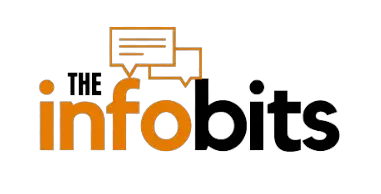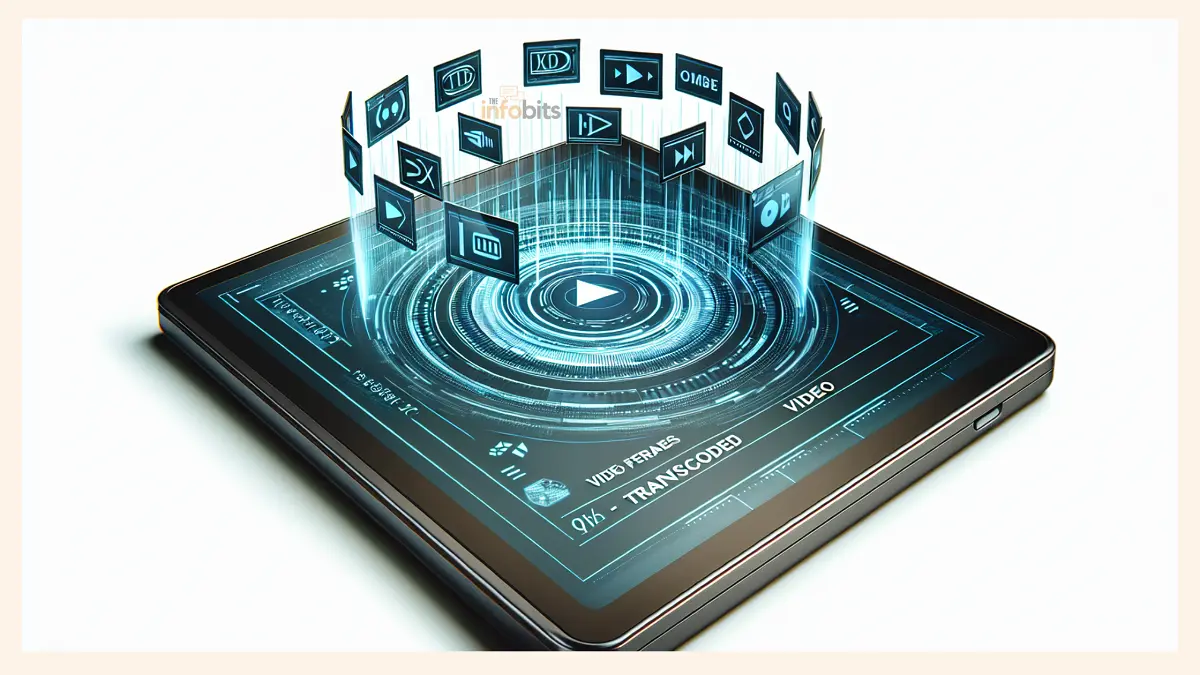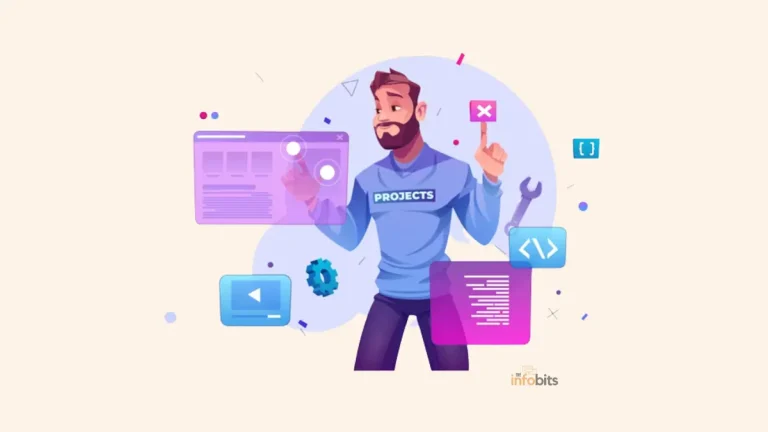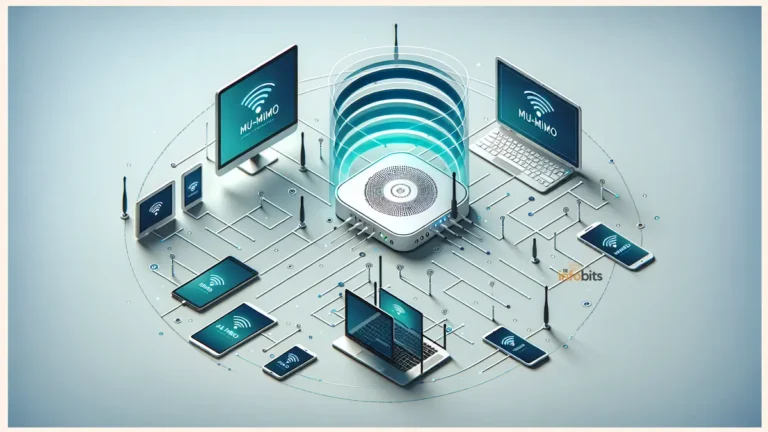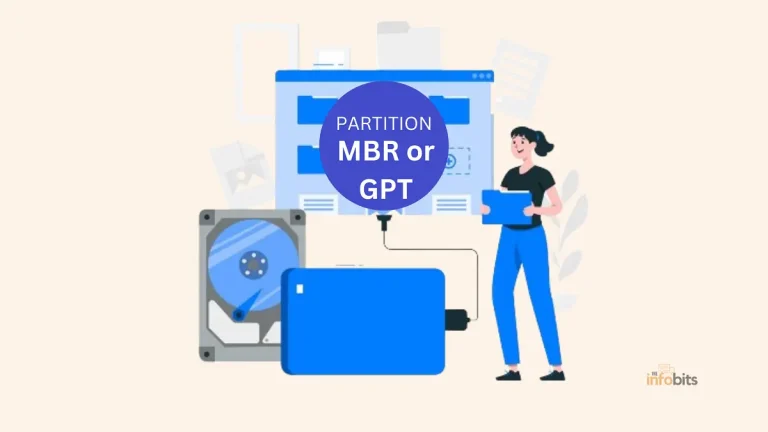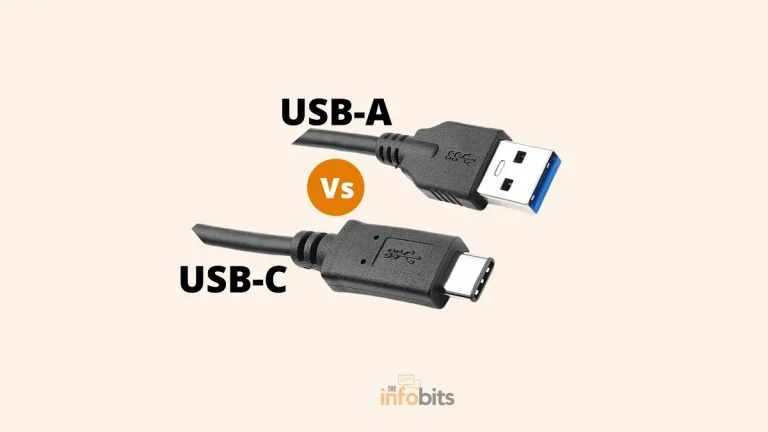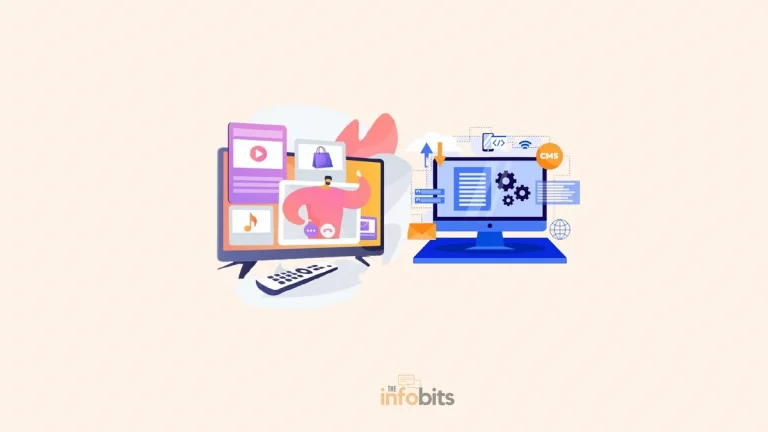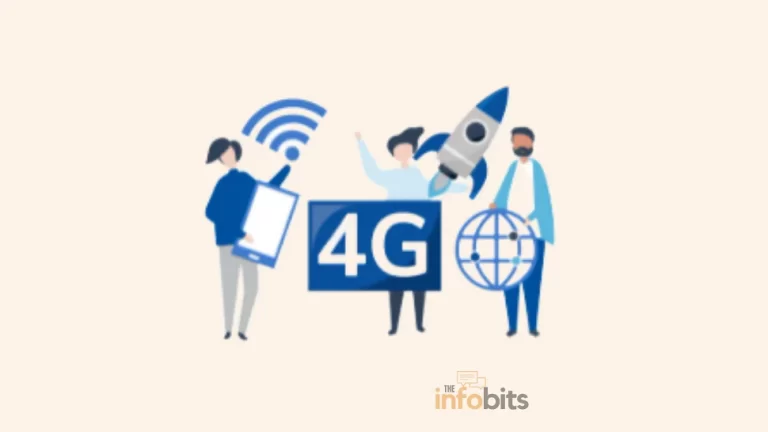What Transcoding Is and Why It’s Important
Transcoding is a term often encountered in the realm of digital media.
Whether it’s streaming a movie on Netflix or uploading a video on YouTube, transcoding plays an essential role in ensuring that multimedia content is accessible and functional across various platforms and devices.
But what exactly is transcoding, and why is it significant?
The article will look at the complexities of transcoding, its various forms, and the important role it plays in present digital experiences.
Exploring Transcoding
Transcoding is the process of converting a media file from one format to another.
This can involve audio, video, or both and is essential for facilitating playback across various devices and platforms.
From a technical perspective, transcoding involves several stages that ensure the original quality of the media is preserved—or even enhanced—during the conversion process.
Understanding the basic mechanism of transcoding can help us appreciate its significance in the digital media landscape.
To gain a thorough understanding of how transcoding works, let’s look at its core components, such as decoding and encoding.
The Fundamentals of Transcoding
At its core, transcoding consists of two primary stages: decoding and encoding.
Decoding refers to unpacking the original file into an uncompressed format, while encoding involves compressing this unpacked data into a new format.
The objective is to make the media file more compatible or efficient for its intended use.
These processes are facilitated by various software and hardware tools that can handle complex algorithms and coding techniques.
The efficiency and quality of transcoding depend heavily on the capabilities of these tools and the formats in question.
Some formats are easier to transcode than others, and the choice of format can significantly affect the final output quality.
Related: Bitrate vs Resolution: What’s More Important?
Decoding: The First Phase
Decoding is the initial step in the transcoding process.
During this phase, the media file is transformed from its compressed, encoded state into an uncompressed format.
This involves unpacking all the audio and video data so it can be readily manipulated and restructured for the next phase.
The decoding phase is crucial as it determines the starting quality of the media file. Any distortions or losses incurred during decoding can have a compounded effect on the final transcoded file.
Advanced decoding algorithms strive to maintain the highest fidelity to the original content, ensuring that no data is lost during this critical stage.
Encoding: The Completion Phase
Once the media file has been successfully decoded, the next step is encoding it into a new format.
Encoding compresses the data to create a file that meets the specific requirements of its intended use, such as different resolutions, bitrates, and codecs.
This phase involves choosing the right encoding settings that balance file size and quality.
The encoding process is sophisticated and demands powerful computational resources to ensure that the transcoded file retains as much of the original quality as possible while being optimized for performance and compatibility.
Examining Different Forms of Transcoding
Not all transcoding processes are created equal. Depending on the context and requirements, transcoding can occur in real-time or offline.
Each form has its own set of advantages and applications, making them suitable for different scenarios.
Exploring these various forms can help us understand the adaptability and versatility of transcoding in meeting diverse media consumption needs.
Let’s delve into real-time and offline transcoding to see how they differ and where they shine.
Real-Time Transcoding
Real-time transcoding is a process where media files are transcoded on the fly, as they are being streamed or broadcast.
This form of transcoding is crucial for live broadcasting platforms such as Twitch and YouTube Live, where content needs to be accessible to a broad audience with varying device capabilities and internet speeds.
Real-time transcoding demands significant computational power and low latency to ensure a seamless viewing experience.
The immediate conversion ensures that viewers can access the stream in different formats and quality levels, thereby enhancing accessibility and user satisfaction.
Offline Transcoding
Offline transcoding, on the other hand, involves converting media files in advance. This process is commonly used for prepared content such as movies, TV shows, and video tutorials.
Since the transcoding is done ahead of time, there is more room to focus on achieving the highest possible quality without the constraints of live performance.
This form of transcoding is less resource-intensive in terms of real-time processing but may require substantial computational resources during the conversion phase.
The advantage is its ability to produce high-quality files that are ready for distribution, ensuring consistent playback across various platforms.
Why Transcoding Is Important
Transcoding plays a pivotal role in modern digital media distribution, affecting everything from streaming quality to storage efficiency.
Its importance cannot be understated, particularly as media consumption continues to rise globally. Understanding why transcoding is essential can help us appreciate the technology that makes our digital experiences smooth and enjoyable.
Here, we’ll look at some of the primary reasons why transcoding is so vital, including its role in ensuring smooth streaming, playback compatibility, and improved storage management.
Facilitating Smooth Streaming
One of the primary benefits of transcoding is its ability to facilitate smooth streaming experiences.
By converting media files into multiple formats and resolutions, streaming services can dynamically adjust the quality of the stream based on the viewer’s internet speed and device capabilities.
This adaptability prevents buffering and ensures that viewers can enjoy uninterrupted playback, regardless of their network conditions.
As a result, transcoding becomes an indispensable tool in delivering high-quality streams to a diverse audience.
Ensuring Playback Compatibility
Different devices and platforms often require different media formats for optimal playback.
Transcoding helps ensure that media files are accessible across various devices, from smartphones to smart TVs, without any compatibility issues.
By converting media into versatile formats, transcoding makes it possible for users to enjoy their content on virtually any device, enhancing the overall user experience and extending the reach of the media.
Improving Storage Management
Efficient storage management is another significant advantage of transcoding.
By converting media files into more compressed formats without compromising quality, transcoding helps reduce the amount of storage space required.
This is particularly beneficial for content creators and distributors who need to manage large volumes of media. Efficient transcoding can lead to substantial savings in storage costs while still maintaining high-quality media files.
The Role of Transcoding in Improving User Experience
Transcoding not only facilitates the technical aspects of media distribution but also plays a vital role in enhancing user experience.
By adapting to various conditions and optimizing performance, transcoding ensures that users receive the best possible experience from their media consumption.
Let’s explore how transcoding adapts to network conditions and promotes battery efficiency, both of which are crucial for a seamless user experience.
Adapting to Varying Network Conditions
Network conditions can vary widely, especially for mobile users who may switch between different types of connections throughout the day.
Transcoding allows media services to adapt on the fly, adjusting the bitrate and resolution according to the available bandwidth.
This adaptability ensures that users experience minimal buffering and can continue to enjoy their media without interruption.
By dynamically adjusting to network conditions, transcoding enhances accessibility and user satisfaction.
Promoting Battery Efficiency
Battery life is a crucial consideration for mobile users who consume media on the go. Transcoding can help in this regard by optimizing the media file for efficient playback on battery-powered devices.
By reducing the processing demand on the device, transcoding helps extend battery life, allowing users to enjoy their media for longer periods.
This not only improves user satisfaction but also makes mobile media consumption more sustainable.
Challenges and Solutions in Transcoding
While transcoding offers numerous benefits, it is not without its challenges. Issues such as resource demands, quality loss, and format complexities can pose significant hurdles.
However, numerous solutions are being developed to address these issues while increasing the efficiency and efficacy of transcoding processes.
In this section, we’ll discuss some of the common challenges associated with transcoding and explore potential solutions to overcome them.
Transcoding Limits and Drawbacks
One of the primary limitations of transcoding is the potential loss of quality during the conversion process.
Each time a media file is transcoded, there is a risk of degradation, which can affect the viewer’s experience. Additionally, transcoding is a resource-intensive process that requires substantial computational power and time.
Other drawbacks include the complexity of handling multiple formats and the need for constant updates to support new codecs and standards.
These challenges can make transcoding a daunting task, particularly for smaller content creators and distributors.
Overcoming Transcoding Challenges
Advancements in transcoding technology are helping to mitigate many of these challenges.
Improved algorithms and more powerful hardware can enhance the quality and speed of the transcoding process.
Additionally, cloud-based transcoding solutions offer scalable resources that can handle large volumes of media efficiently.
Another approach is the use of machine learning and artificial intelligence to optimize transcoding settings dynamically.
These technologies can analyze the content and adjust the encoding parameters to achieve the best possible balance between quality and file size.
By leveraging these innovations, the industry is continually working towards overcoming the limitations of transcoding.
In conclusion, transcoding is a fundamental aspect of modern digital media distribution, ensuring that content is accessible, compatible, and high-quality across various platforms and devices.
Its importance is evident in facilitating smooth streaming, enhancing user experiences, and improving storage management.
Despite the challenges it presents, advancements in technology continue to refine and optimize transcoding processes, making it an indispensable tool in the digital age.
Please share this article with your friends and relatives if you find it useful.
We also ask that you bookmark this page for future reference, as we are constantly updating our articles with new information.
Sign up for our free newsletter as well to receive fresh information immediately in your inbox and keep technically up to date.
